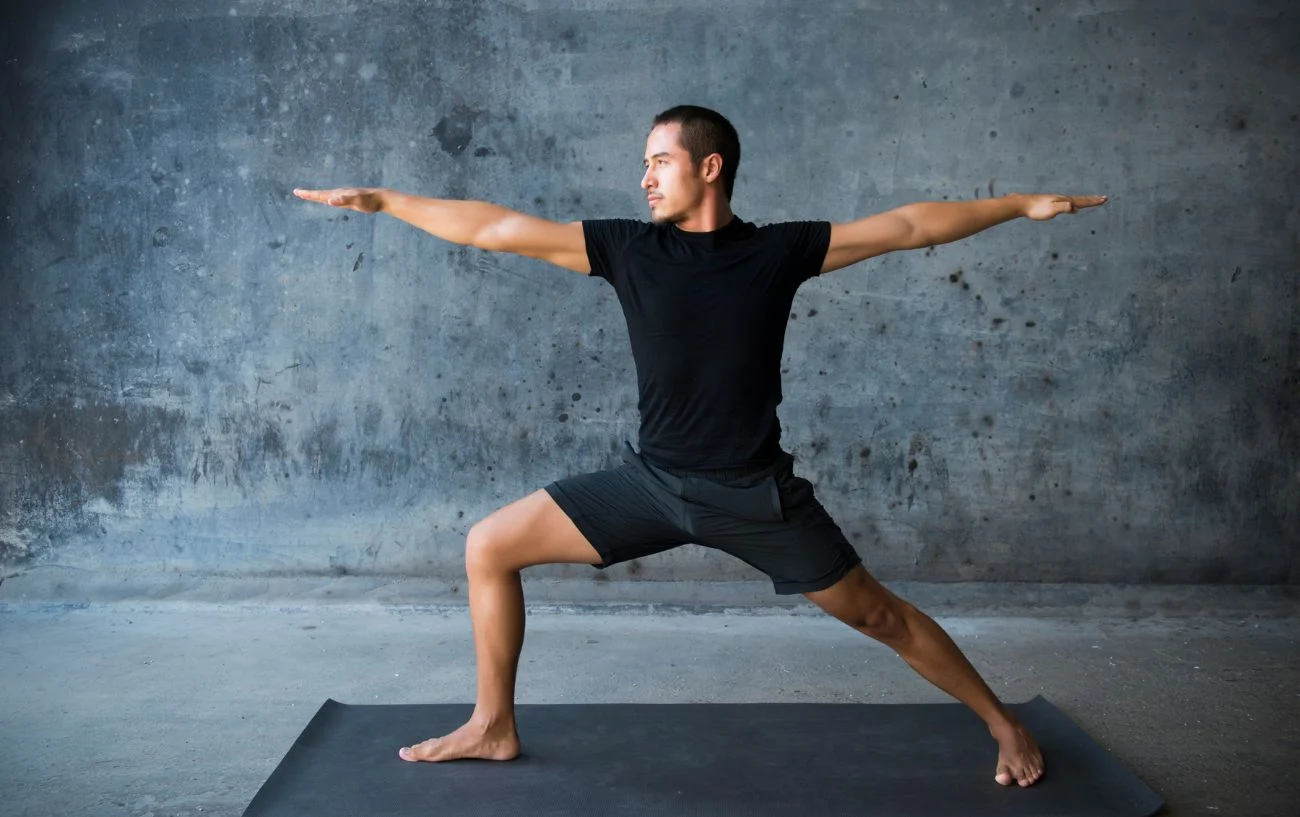Slow flow yoga has emerged as a popular style of yoga that emphasizes slow, mindful movement and longer holding of poses. If you’re curious what defines slow flow yoga and how it compares to other yoga styles, this comprehensive guide will explain it all.
The Basics of Slow Flow Yoga
Slow flow yoga classes focus on linking breath with slow, flowing sequences of yoga poses. While holding poses, students are encouraged to relax into each posture, soften any tension, and deepen their breath. Transitions between poses are often paired with a vinyasa flow, moving through sequences like downward facing dog, plank, forward bend, etc.

However, in contrast to vigorous vinyasa or power yoga classes, slow flow places an emphasis on a more meditative, gentle style of flowing. The poses are held longer, the pace is more measured, and students have time to focus on alignment, body awareness and breathwork.
What to Expect in a Slow Flow Yoga Class
A typical slow flow yoga class unfolds as follows:
Centering
Classes begin with a short centering practice of breathing exercises or chanting to help students arrive into a calm, focused mindset.
Warm-Up Flow
The warm-up flow starts to link breath with movement. Poses gently warm up the muscles, build heat in the body and prepare for deeper poses ahead. The first sequence is often sun salutations slowed down.
Standing Poses
Standing poses like warrior and triangle are practiced as a slow flow, holding each posture for 5-10 breaths. The focus is stability, alignment and stretching.

Seated and Supine Poses
The middle section of class shifts to floor poses with stretches for the hips, hamstrings and back. Poses include sequences often found in hatha or yin yoga at a slow, steady pace.
Savasana
Every slow flow class finishes with savasana, allowing students to integrate the benefits of the practice through deep relaxation.
The Benefits of Slow Flow Yoga
Why practice slow flow yoga? Here are some of the top benefits:
Accessible for Beginners
Because of the slower pace and focus on alignment, slow flow classes are accessible and gentle for those newer to yoga. It allows beginners to ease into the practice.

Cultivates Mindfulness
The measured pace encourages students to find focus and presence, noticing subtle alignment cues and the flow of breath. Slow flow is meditative in motion.
Allows for Deeper Stretching
By holding poses longer, students can ease deeper into stretches, relax muscles and open joints more fully. The slow pace also avoids injury.
Reduces Stress
Slow flow has a calming effect on the nervous system. It helps release muscle tension and quiet mental chatter, bringing stress relief.
Builds Body Awareness
The mindful approach to movement helps practitioners tune into alignment and sensations in the body. Slow flow builds greater body awareness over time.

Tips for Your First Slow Flow Class
If you’re a beginner trying slow flow yoga for the first time, these tips will help you have a positive experience:
Arrive early and introduce yourself to the instructor so they know you’re new.
Move slowly, listen to your body, and don’t push into any pain. Honor your limits.
Ask questions if you are unsure how to safely perform a pose. Teachers will happily assist you.
Stay focused on your breath; it will help you find the rhythm of the class.
Don’t worry about keeping up or compare yourself to more advanced students. Focus on your own experience.
Enjoy the calm, centering energy of the class. Slow flow is meant to relax and release tension.
Talk to the instructor after class for feedback on how you can improve and deepen your practice.
Start Flowing Slowly
Slow flow yoga offers an accessible way for newer yoga students to connect movement with breath in a gentle yet energizing style. The mindfulness cultivated on the mat can lead to reduced stress and greater awareness off the mat as well. Approach each pose with patience and acceptance to sink into the full benefits of this calming, therapeutic practice.


